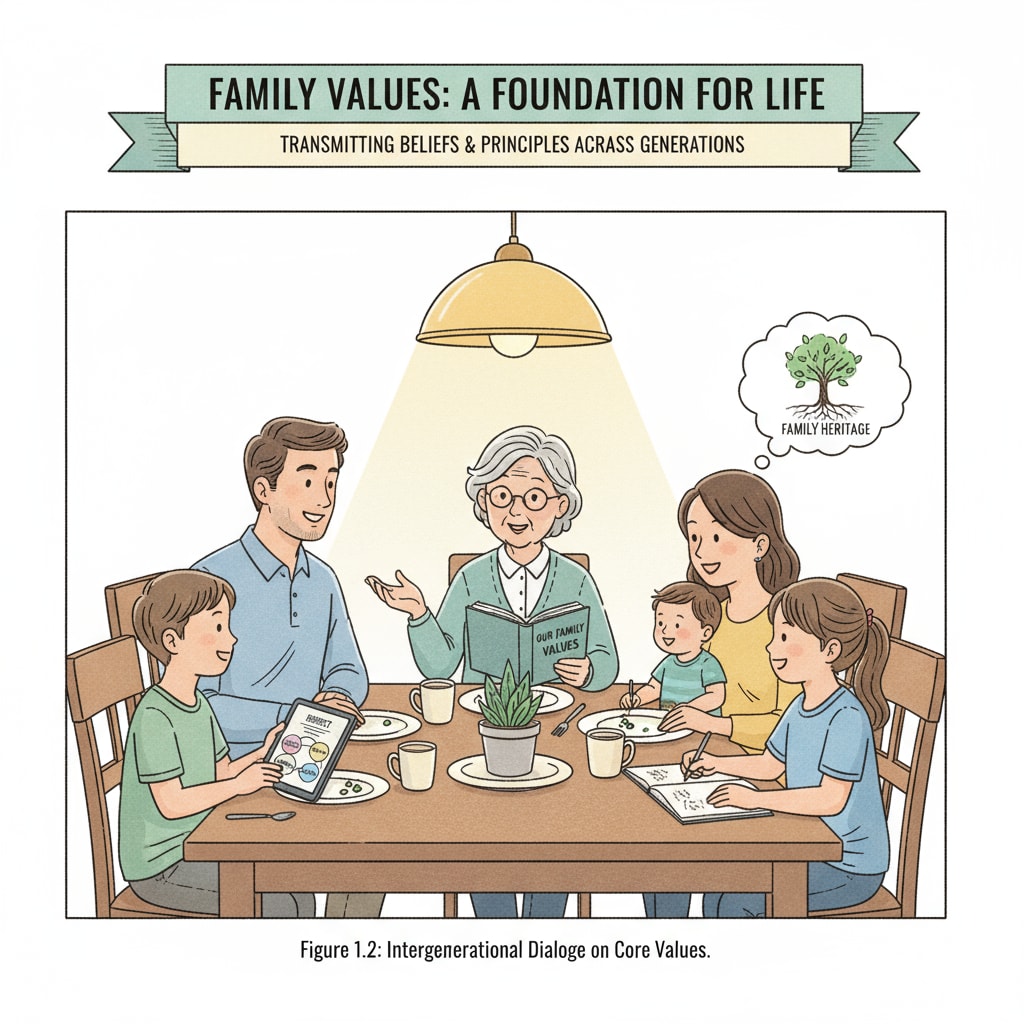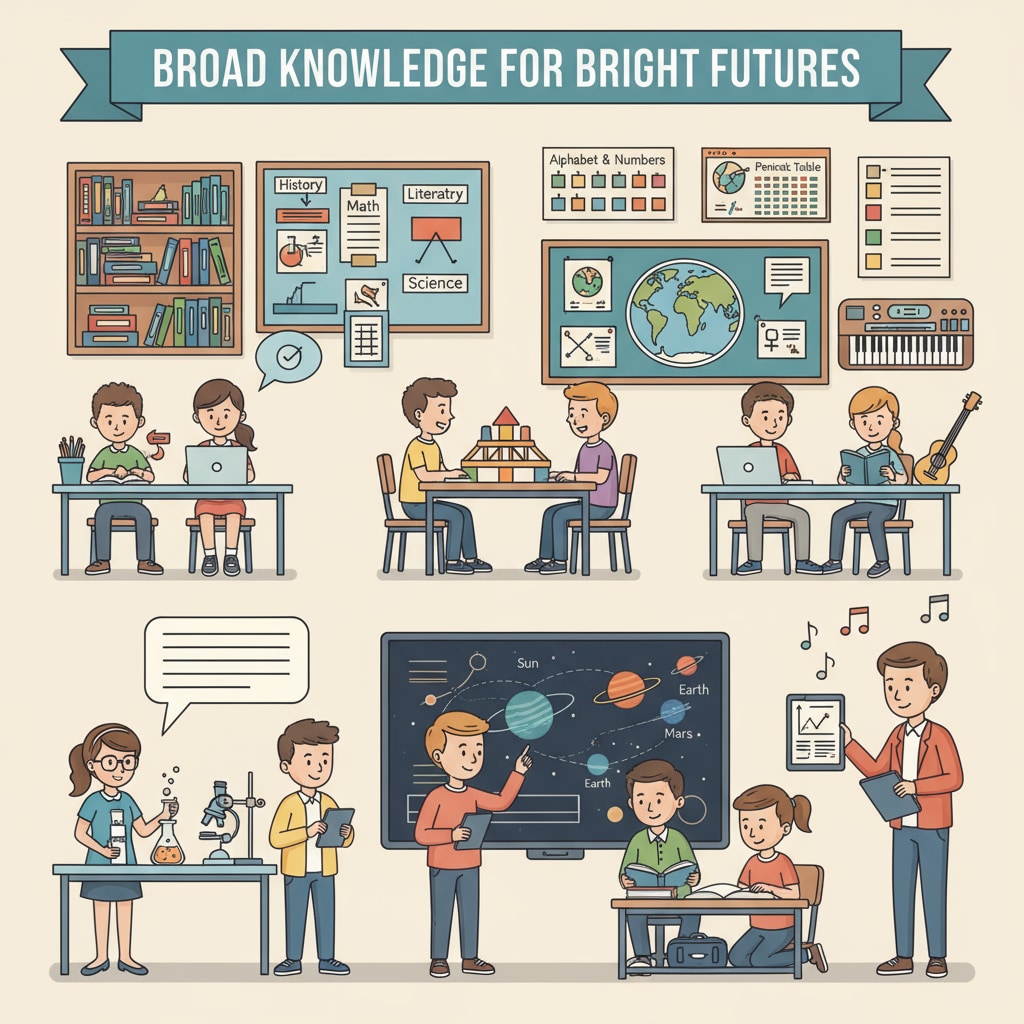Family education, bias, and public education are intertwined aspects that significantly influence a child’s development. In recent times, there has been a growing concern about the potential issues within family education, particularly the transmission of value biases and the limitations in educational content.
The Transmission of Value Biases in Family Education
Parents play a crucial role in shaping their children’s values. However, sometimes their own biases can inadvertently be passed on. For example, a parent with strong political or cultural views may unconsciously influence their child to adopt the same perspective without proper exploration. This can limit the child’s ability to think independently and form a well-rounded understanding of the world.

Limitations in Knowledge Breadth within Family Education
Public education systems are designed to offer a broad range of knowledge, covering various subjects like science, history, and arts. In contrast, family education might be restricted by the parents’ knowledge and expertise. A child relying solely on family education may miss out on exposure to different fields of study. As a result, their educational foundation could be less comprehensive. Public education on Wikipedia

Another significant concern is the lack of diverse perspectives in family education. Public schools bring together students from different backgrounds, allowing for the exchange of ideas and the development of a more inclusive worldview. In a family setting, the viewpoints are often limited to those of the immediate family members. This can lead to a narrow understanding of social issues and human relationships.
Moreover, the socialization process in family education is different from that in public education. Public schools provide opportunities for children to interact with peers, learn social skills, and adapt to group settings. In family education, the child may have fewer chances to engage in such diverse social interactions, which could affect their ability to function effectively in society. Education on Britannica
In conclusion, while family education has its unique advantages, it is essential to recognize the potential problems of value bias transmission and content limitations. By understanding these issues and comparing them with the benefits of public education, parents can make more informed decisions to ensure a well-rounded development for their children.
Readability guidance: Using short paragraphs and lists helps summarize key points. Each H2 section should preferably have a list. Controlling the proportion of passive voice and long sentences, and adding transition words throughout the text (such as however, therefore, in addition, for example, as a result) enhance readability.


